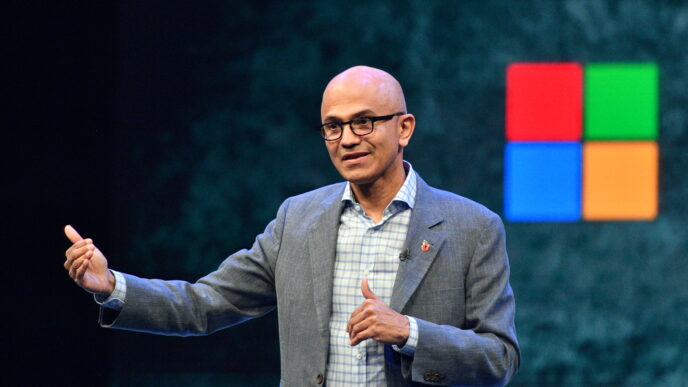In a historic address to the College of Cardinals, newly elected Pope Leo XIV revealed that artificial intelligence (AI) played a central role in choosing his papal name—signaling a profound shift in how the Catholic Church plans to engage with emerging technology.
Referencing Pope Leo XIII, who led the Church through the turbulence of the first industrial revolution, the new pontiff drew a parallel between past and present. In the Vatican’s official translation of his speech, Pope Leo XIV said his chosen name reflects the Church’s responsibility to respond to the modern-day industrial revolution—this time led not by machines, but by artificial intelligence.
“There are different reasons for this,” he said. “But mainly because Pope Leo XIII, in his historic Encyclical Rerum Novarum, addressed the social question in the context of the first great industrial revolution. In our own day, the Church offers to everyone the treasury of her social teaching in response to another industrial revolution and to developments in the field of artificial intelligence that pose new challenges for the defence of human dignity, justice and labour.”
From Encyclicals to Algorithms
This reference to Rerum Novarum—a cornerstone of Catholic social teaching—carries deep symbolic weight. Just as Leo XIII responded to the upheaval of industrialization in 1891, Leo XIV now positions himself to respond to the ethical, economic, and social disruptions created by AI. His message underscores that the Church views AI not just as a tool, but as a force reshaping human identity and the future of work.
The move is also consistent with the Vatican’s growing interest in AI over recent years. A January document published by the Vatican, translated into English, explored AI’s ethical boundaries, its potential misuse, and the importance of grounding technological development in truth and justice.
A New Digital Reality
The Church’s concern isn’t abstract. Just last year, Pope Francis warned of AI’s power to craft “false narratives”, a caution that feels more urgent as AI-generated images and deepfakes become harder to distinguish from reality. In fact, the now-viral photo of a “swagged-out pope” wearing a designer puffer jacket—later revealed to be an AI creation—offers a glimpse of the confusion the Church hopes to address.
While Francis laid the foundation, Pope Leo XIV’s speech makes clear that AI will be central to his papacy. His references to defending labor, justice, and dignity suggest that Catholic teachings will continue to expand into debates about automation, misinformation, and the future of humanity in an age of algorithms.
By aligning his mission with a name rooted in Catholic social justice, Pope Leo XIV signals a bold new era—one in which the Church doesn’t shy away from technology, but instead steps into the conversation with moral clarity and historical perspective.













